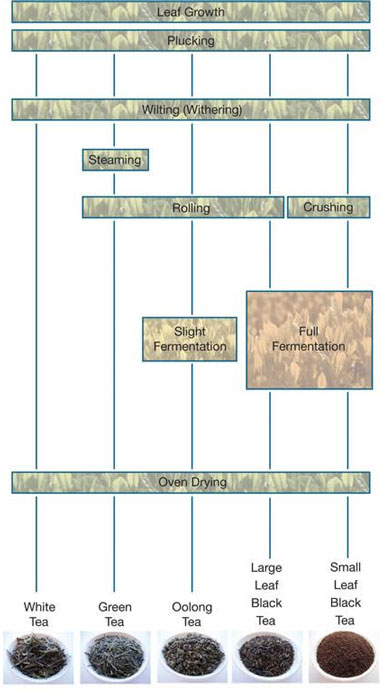It’s time for another IELTS exam and how are you going to approach the IELTS Writing Task 1 if it is a process writing?
This article provides some tips and techniques.
The answer is that the basic formula and ideas I’ve suggested for the usual task ones, can be recycled in the Process writing if that’s what you get.
Don’t Panic!
Here is a model process writing and I highlight the approach and expressions you can recycle.
The Plan
In a process writing, as in the other task ones, you need an introduction, an overview and one or two body paragraphs.
Decide which important points you want to describe to the examiner.
a. In a process, you talk about the number of stages and how these are sequenced.
b. What is the point of the process? – The Overview.
c. The process is usually described using the passive
d. Have a list of sequencing expressions, so that you can write about the sequence of the process.
e. Don’t forget to use complex sentences to achieve higher marks in your Grammar Column in the IELTS Writing Band Descriptors – 2017.
The Question

The Introduction
The given diagram illustrates the production of five different kinds of tea and what stands out is that although these five teas are generated from one variety of leaf, there are various stages in producing these, which give five versions of tea.
The introduction has recorded the details of the diagram and can be called fully developed.The details are described in complex sentences and the stages of the process are mentioned.
A Complex Sentence – at least 2 ideas joined by a linking expression.
Overview
Generally speaking, the differences in the manufacturing process, from the first stage of the growing of the leaves to the final stage, after having dried the leaves, result in five different types of tea.
The overview uses an expression to show that this is the overview and mentions the point of the process
Body Paragraph 1
On analysing the first three stages of manufacture, these are the same for all of the five teas. The leaves are grown and once grown, they are then plucked, and having been plucked, the leaves are withered. Following this, the final stage is also the same for all types of tea, which sees all the leaves dried in an oven. It is to be noted that in the linking steps of the tea creating process varying means of production are utilized.
The first paragraph introduces the stages, uses the passive and complex sequencing expressions.It also uses a participle phrase to introduce the paragraph. The final sentence links to body paragraph two.
Body Paragraph 2
If these production methods are examined in more detail, what is most noticeable is that white tea is unique, as no other method of the processing techniques are put into practice. Conversely, green, oolong and large leaf black tea are all put under the rolling process. Another factor to be taken into account is that whereas green tea is steamed before being rolled, fermentation plays no part here. The remaining two teas are rolled and,when this has been done, fermented (oolong only slightly but large leaf black completely). Finally,in the resulting stage of small leaf black tea there is no steaming or fermenting, although it is both crushed and fermented.
The second paragraph shows differences in the processing stages, it has complex grammar and complex sequencing expressions.(A passive conditional and a future infinitive passive)
Each paragraph also an expression to introduce it, which means all the paragraphs link to each other and gives the writer good marks for cohesion.
Review
Practise these ideas independently, so that you can use them quickly and accurately in the exam and successfully achieve band 7+ in your IELTS Task 1 process writing.
Good Luck!
Don’t forget to write to us and tell us how successful you were.
Kick-start your IELTS Preparation. Stop making mistakes which lose you marks and learn how to earn more marks.
Click the link below to get access to our free downloadable library information and to be notified when new information is published:


Leave a Reply